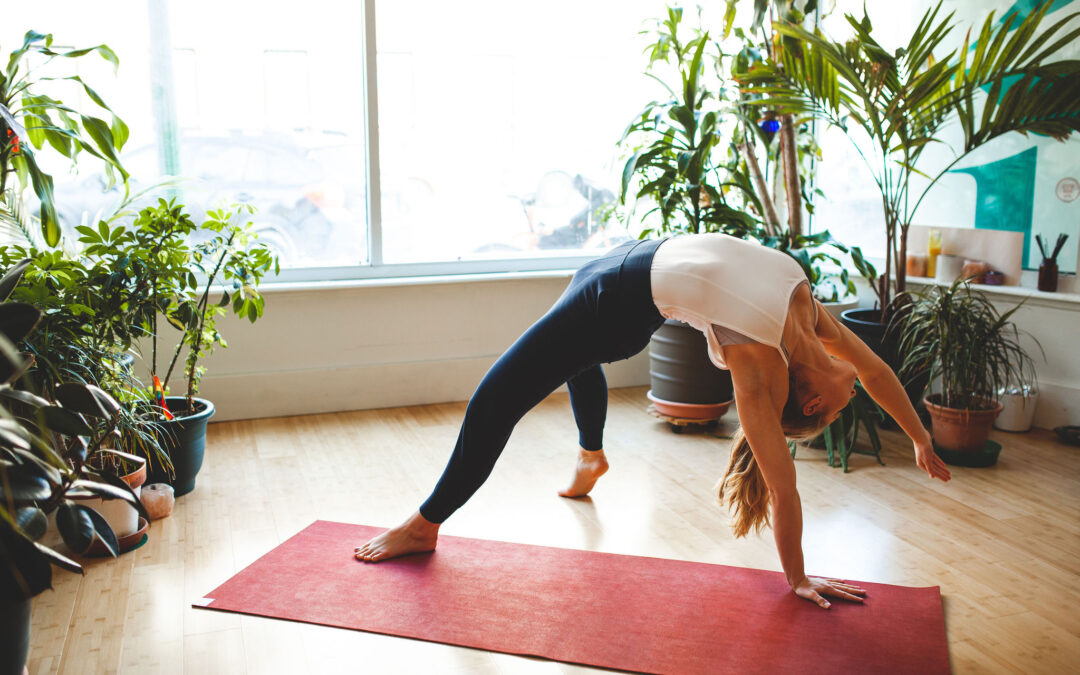By Adam Ruggiero
The chakra centers that line the cranio-sacral pathway through our bodies. The predominantly physical, grounding chakras that originate below the pelvis and span up to the solar plexus, now begin to give way to the mental and spiritual chakras that reach from our upper-spine toward the very top of the skull. The point at which that occurs is the focus of week four – the Heart Chakra.
The transition from physical to psycho-spiritual takes place, rather appropriately, at the heart center. On one hand, the tireless muscle that is our heart – flexing and working every minute of every day – epitomizes the physical self. On the other hand, the heart center is also the hallmark of emotion and spirituality, what the Japanese beautifully dub kokoro.
Imbalances in the heart chakra can range from feelings of neediness – being incomplete – or unwantedness – isolation and anonymity. Because of its essential role as the nexus of the mind-body self, the ramifications of a blocked or overactive heart center can affect our physical well-being as well as our mental and emotional health. Poor circulation, heart palpitation, high or low blood pressure and a general sense of dis-ease can all present.
The goal of a heart chakra- (anahata) focused practice is to open and contract the torso, massage the heart and vital organs, and “clean out” the extremities to promote healthy circulation.
Try out these heart chakra yin poses
Seated – to begin, place hands over heart and tune into your unique and vital heartbeat.
Warmups – move organically to stretch the back and front of heart, expanding and contracting; seated cat/cow, for example.
Melting heart – like child’s pose, press into and open your heart center while focusing on how your breath nourishes and cleanses through your cardio-pulmonary tract.
Sphinx– a gentle, but intentional backbend to expose the heart center.
Marauding bear – allowing intuition, not ego, to dictate how to manipulate your body from all fours.
Camel – a deeper backbend that, not uncommonly, may inspire fear or anxiety; experience and listen to that vulnerability and focu on self-trust.
Seiza – pause and feel; hear your body.
Child’s pose – once again opening the back of your heart, which is about receiving love; often we take for granted one’s ability to accept love, not just give it.
Shoelace w/eagle arms and/or shoelace arms – working shoulders and chest; eagle arms to again target the back of heart, shoelace arms to open the front.
Seated swan – working your chest, shoulders, arms, elbows and wrists; visualize a radiant green light from your heart, washing down your belly, hips and legs, then returning to bathe your neck, face and head.
Supported bridge – support the hips and let your shoulders, neck and head sink down, symbolically leading with your heart.
Reclining butterfly – affirmation: “I open my heart fully to living. I receive love, I give love.”
Brief reclining twist – wring out whatever debris has been knocked loose.
Savasana – draw in with your breath what you need, expel with exhalation what you do not.

